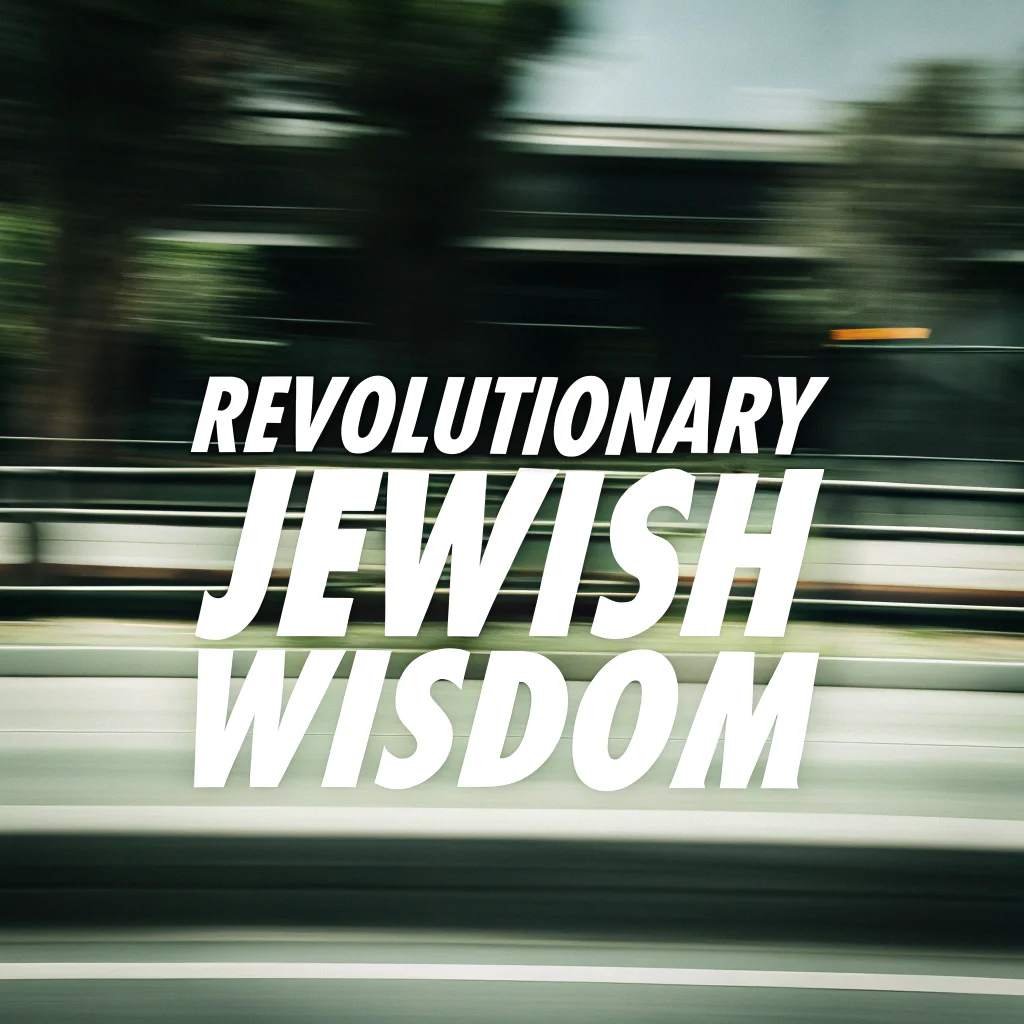Path to True Wholeness: How to Find Your Half While Staying Yourself
Discovering how to find your half is one of life’s most important journeys. Each of us dreams of harmonious relationships, but we don’t always understand that they require special inner work. How can we reach the level of maturity that allows us to build a strong union? And why does true personal wholeness paradoxically include feeling incomplete? Let’s explore these questions together.
Wholeness as the First Step to How to Find Your Half
Before seeking a life partner, one needs to achieve a certain level of self-improvement. In the Kabbalistic tradition, this is called forming one’s own “sephirah keter” — a kind of crown of personality. Interestingly, one of the meanings of the word “keter” is “klil,” which translates as “wholeness.”
But what is this wholeness really? Many believe that being whole means fully developing your talents, becoming mature and independent. This approach to perfection seems logical, but Kabbalah and Hasidism offer a deeper understanding.
The Paradox of the “Half-Whole” Person
The highest degree of perfection in Kabbalistic understanding is characterized by an unusual term — “half-whole.” What does this mean? A truly whole person must combine two opposite aspects: awareness of their own value and simultaneous understanding of their incompleteness.
Only when the soul includes both of these aspects can a person be called truly whole. If only one aspect is present (even if it’s the aspect of “perfection”), we cannot speak of true wholeness.
Why Learning How to Find Your Half Requires Feeling Incomplete
What’s the problem with the traditional understanding of perfection? The issue is that a person who feels absolutely whole and self-sufficient is already beginning to degrade. Without experiencing a sense of lack, they lose their thirst for development and openness to new experiences.
Paradoxically, the more perfect a person becomes, the more acutely they should feel their own incompleteness! This is precisely what distinguishes a mature personality from an infantile one. An adult is able to recognize their limitations and understands that they need other people for harmonious existence.
A New View of Self-Improvement to Find Your Half
These reflections change the conventional view of preparing for relationships. Yes, personal improvement is necessary, but with an important clarification: we should develop ourselves as part of a greater whole!
Before looking for love, we should strive to develop ourselves 100%, but realize that we represent only 50% of the potential whole. Only by finding our other half and uniting with them can we find true happiness.
Obstacles on the Path to Finding Your Half
During the maturation process, an attraction (zika) to finding one’s other half naturally awakens in the soul. But sometimes this mechanism malfunctions — the attraction remains hidden, preventing a person from building deep relationships.
The cause of such blockage is often emotional trauma that creates fear of intimacy. In Hasidism, this is explained by the concept of “neder” — an unconscious inner vow, a decision to push away love out of fear of repeating a painful experience.
How to Free Yourself from Inner Blocks
A person who has made such a vow is like a prisoner who cannot free himself. The confusion created by the vow firmly settles in the subconscious, which is difficult to reach on your own.
What should you do in such a situation? First, sincere prayer is important — appealing to a higher power for help in freeing yourself from the emotional trap you’ve created. Second, it’s useful to consult a specialist who understands the secrets of the soul to help heal from internal blocks.
Practical Application: How to Find Your Half Through Self-Awareness
Understanding the idea of a “half-whole” person can be key to building healthy relationships. Instead of striving for illusory self-sufficiency, you can:
- Develop self-awareness, noticing both your strengths and limitations
- Cultivate openness to others’ experiences, readiness to learn and change
- Recognize your inner vows and work to overcome them
- Seek not a perfect partner, but a person whose qualities complement yours
This approach helps avoid both excessive dependence and painful isolation, creating a foundation for truly deep and harmonious relationships.
Source: Anatomy of Reciprocity – Man and Woman By Rabbi Yitzchak Ginsburgh
Afterword: The text of this article has not been approved by any sage, Torah scholar, or rabbi and is merely a simplified adaptation of the sacred text for general understanding. For comprehension of true wisdom and a deeper understanding of the original text, you should refer to the sources.
This and all other article texts of the Mega-Charity.Org resource express only the personal opinions of the authors who compiled them. They are intended only for general and superficial understanding of the real sources of wisdom. References to which are provided.



